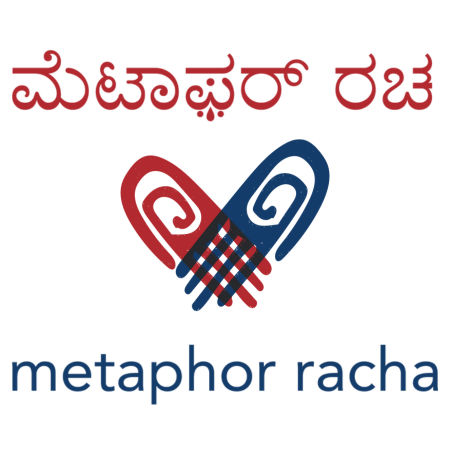At Metaphor Racha, transparency is more than just a buzzword – it's a commitment to showcasing the talented individuals who bring our textile creations to life. In this spotlight, we're thrilled to introduce Kotreshi, the skilled artisan behind the scouring and warping process, at a cooperative society in the quaint village of Shirahatti, North Karnataka.

Meet Kotreshi:
His mother, a dedicated spinner, inspired a first-generation weaver at 52, Kotreshi's passion for weaving. His commitment to his craft is evident in his role, where he diligently manages the scouring and warping processes with unwavering enthusiasm. Beyond the loom, Kotreshi is a family man with three children pursuing diverse paths in education and career.
What is warping?
Warping is a crucial pre-weaving process that lays the foundation for the intricate art of handloom/khadi weaving. Two sets of yarn make woven fabric: warp and weft. The warp yarns, running along the length of the fabric, are meticulously organized on a loom during the warping process. This meticulous procedure includes placing yarn reels on the warping creel, drawing the yarns, and winding them onto the loom's beam.

What is the Importance of Warping?
The primary goal of warping is to establish a systematic framework where yarn ends remain uniformly parallel and continuous. This precision ensures a seamless weaving process, allowing for the creation of high-quality, well-constructed textiles. Kotreshi's role as a warper is pivotal, as he plays a vital part in setting the stage for the artistry that follows in the weaving process.

A dedicated warper:
What sets Kotreshi apart is not just his technical expertise but also his unwavering commitment to the craft. His openness to design suggestions, eagerness to learn, and curiosity to experiment make him an invaluable asset to our team. We consider ourselves fortunate to have Kotreshi contributing his skills and passion to our weaving journey.
